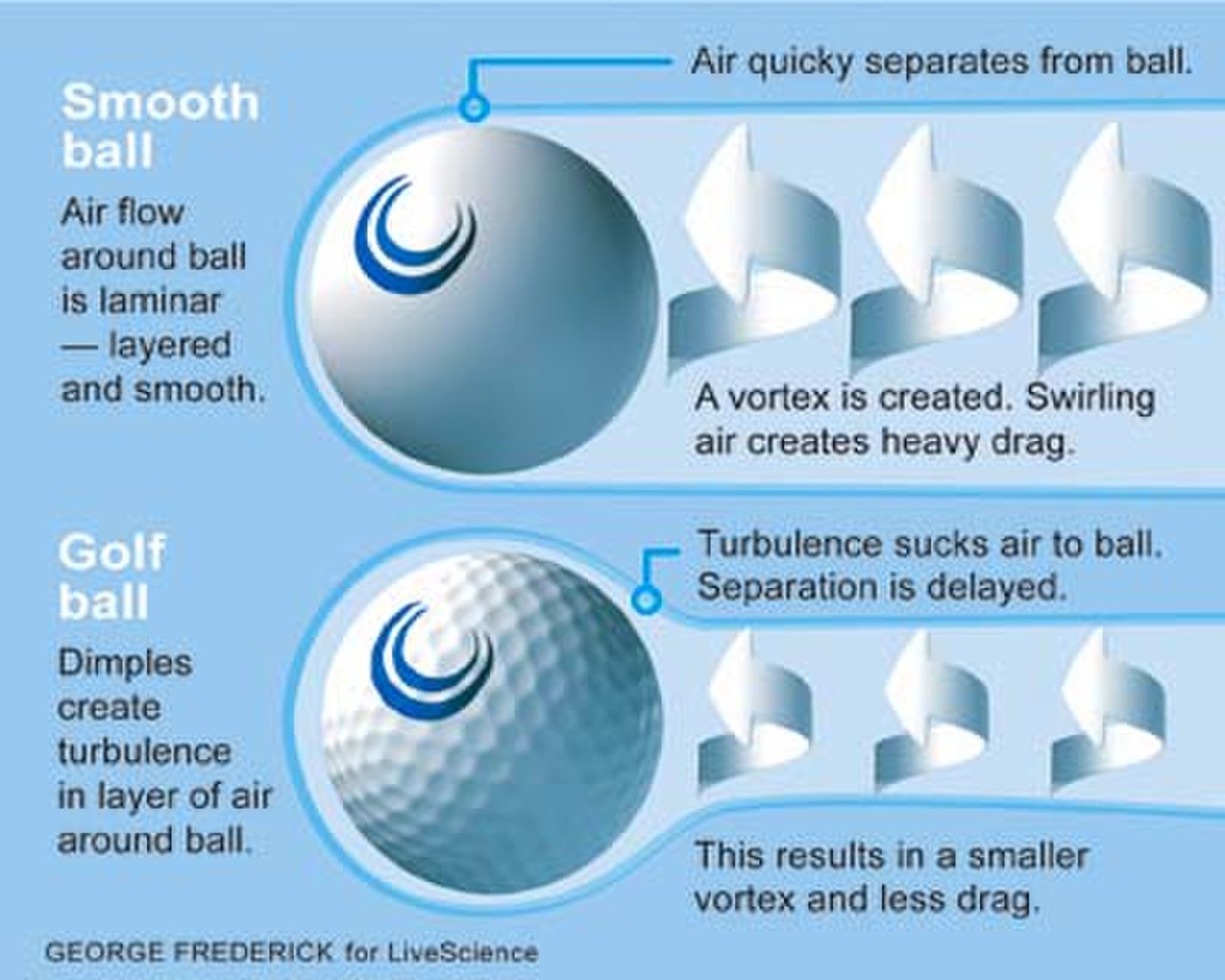There are more than 350 dimples on a golf ball

There are more than 350 dimples on a golf ball.

When you look at a golf ball, you may see it as a simple, white sphere. However, if you were to examine it closely, you would notice the presence of numerous small depressions covering its surface. These depressions are known as dimples, and they play a crucial role in the flight and performance of the golf ball.
Did you know that there are more than 350 dimples on a golf ball? Each dimple has a specific purpose in improving the ball’s aerodynamics, making it fly faster, longer, and with greater stability. But why exactly are these dimples present, and how do they contribute to the game of golf? Let’s dive deeper into this intriguing aspect of golf ball design.

The primary reason behind the dimples on a golf ball is to reduce air resistance or drag. Without dimples, when a golf ball is hit, it would experience significant turbulence as the smooth surface pushes against the air. This resistance would cause the ball to lose speed rapidly and reduce the distance it could travel. However, by adding dimples to the surface, the air flows smoothly around the ball, creating a thin, turbulent boundary layer. This layer tends to stick to the surface of the ball for a longer time, thus reducing the overall drag force acting upon it.
Additionally, the dimples also affect the lift force generated by the ball. When a golf ball is hit, it starts to spin rapidly due to the energy transfer from the club. The dimples play a crucial role in promoting backspin, which helps create lift. As the ball spins, the air passing over the upper surface of the ball moves much faster compared to the air on the lower surface. According to Bernoulli’s principle, this difference in air speed creates lower air pressure on the top surface, leading to an upward force known as lift. This lift force counteracts the force of gravity and keeps the golf ball airborne for a longer time.
The design and pattern of the dimples on a golf ball also have a significant impact on its performance. Manufacturers meticulously engineer the dimples to optimize lift, reduce drag, and enhance stability. Different dimple patterns and depths can alter the ball’s trajectory and stability in different conditions. Golf balls with shallow dimples are ideal for minimizing spin and achieving greater distance, while deeper dimples promote greater backspin and control during shots requiring accuracy.
In conclusion, the presence of more than 350 dimples on a golf ball is not mere decoration. It serves a vital purpose in maximizing the performance and control of the ball during play. The dimples reduce drag, which allows the ball to travel faster and cover longer distances. They also generate lift, keeping the ball in the air for an extended period. The design and arrangement of the dimples are carefully crafted to optimize various aspects of the ball’s flight. So, the next time you tee off or watch a golf tournament, remember the fascinating role that those small depressions play in the game.
Source: Today I Found Out
Tags
Share
Related Posts
Quick Links
Legal Stuff

